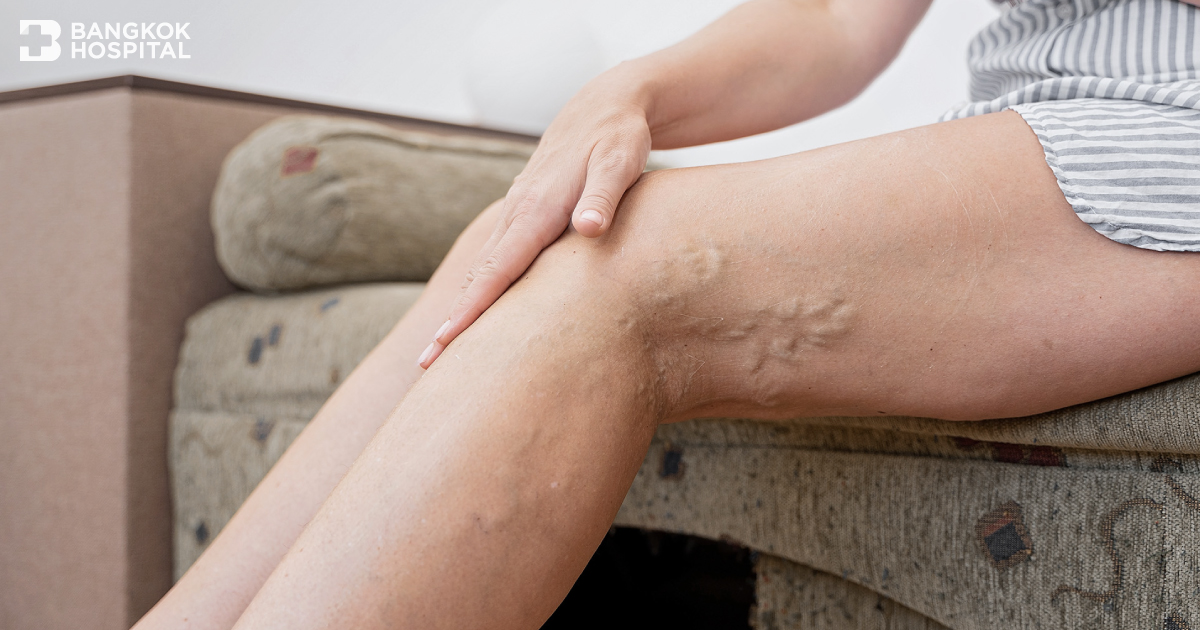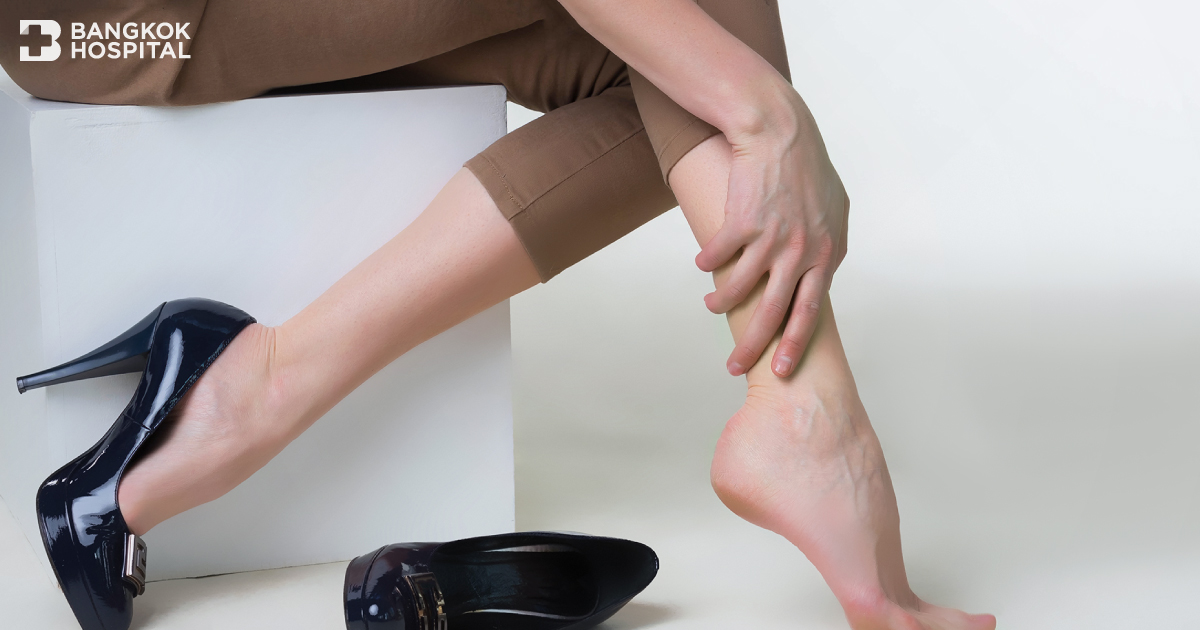
dr. kamol ruengthong
Vascular surgeon with more than 30 years of experience, specializing in treating varicose veins without surgery

Centers & Clinics
Specialty
SurgerySub Specialty
Vascular SurgeryLanguages
English, ThaiTreatments &
Services
Education
2005
Vascular SurgeryThai Medical Council, Thailand1990
SurgeryPhramongkutklao College of Med, Thailand1984
Doctor of MedicineSiriraj Hospital, Mahidol University, ThailandLoading Schedule..
Related Articles

Chronic Venous Insufficiency (CVI), Get it treated right away before it becomes too late.
Chronic venous insufficiency (CVI) refers to a condition when the venous wall and/or valves in the lower extremities do not work properly, making it more difficult for blood to return to the heart from the legs. CVI is caused by damaged or weakened valves and vein wall due to aging and prolonged sitting or standing as well as reduced mobility. As a result, blood can flow backwards and pool or collect in these veins, leading to swelling in the lower legs and ankles.

8 exercises to help prevent deep vein thrombosis (DVT)
Work from home has become a reality for a large number of people across the world due to the tremendous effects caused by the COVID-19 pandemic. Although avoiding the commute is a crucial tool in preventing COVID-19 amidst the crisis, the sedentary lifestyles during working from home or even a long travel journey pose significant risks on health and wellbeing, especially when it comes to venous problems.

Early Detection of Peripheral Arterial Disease Reduces Risk of Limb Amputation
Peripheral Arterial Disease (PAD) is a common circulatory problem in which narrowed arteries reduce blood flow to the limbs e.g. the legs and arms. The severity of PAD varies, depending on the occlusive degrees, from mild discomfort to debilitating leg pain. If left untreated, this vascular disease might become chronic problem and act as a silent killer that can result in life-threatening conditions. If warning signs and symptoms of PAD exhibit, they must not be overlooked. Immediate medical attention for early detection of PAD should be sought in order to get accurate diagnosis and appropriate treatment before it progresses as well as reduce disease severity and chances of critical limb ischemia and limb amputation.

Early Detection of Peripheral Arterial Disease (PAD)
Blood vessel occlusion or blockage can potentially lead to serious health problems, such as cardiovascular disease, neurovascular disease, hypertension and peripheral arterial disease (PAD). These vascular problems often result in life-threatening conditions, especially if early detection cannot be applied in time. Pulse volume recoding (PVR), an advanced non-invasive peripheral vascular diagnostic system helps to detect blood vessel blockage or plaque buildup that puts a person at risk of developing peripheral arterial diseases, allowing effective and timely treatments before conditions progress.